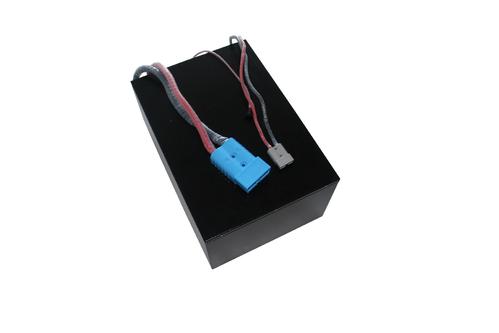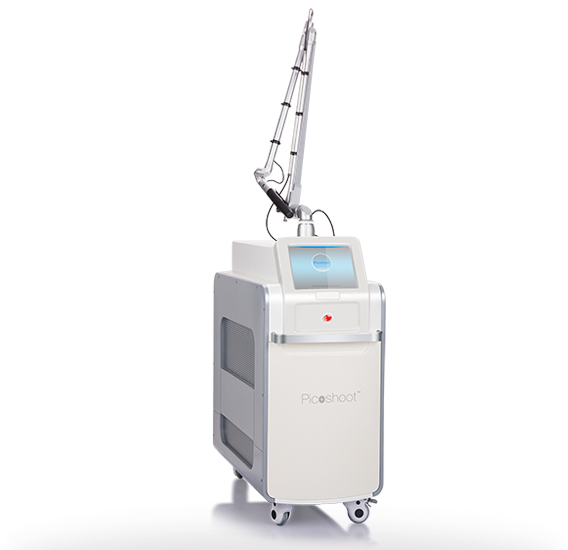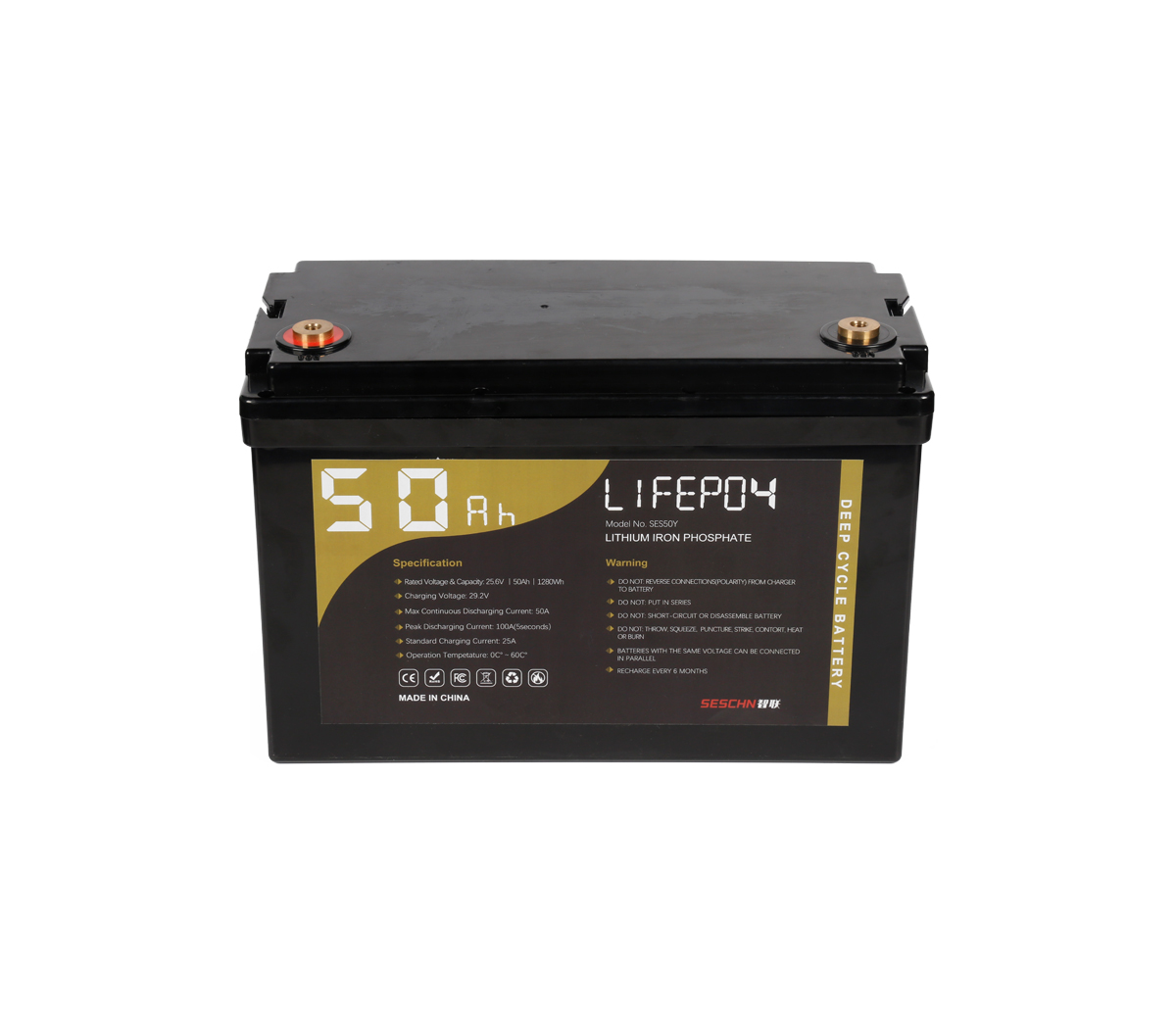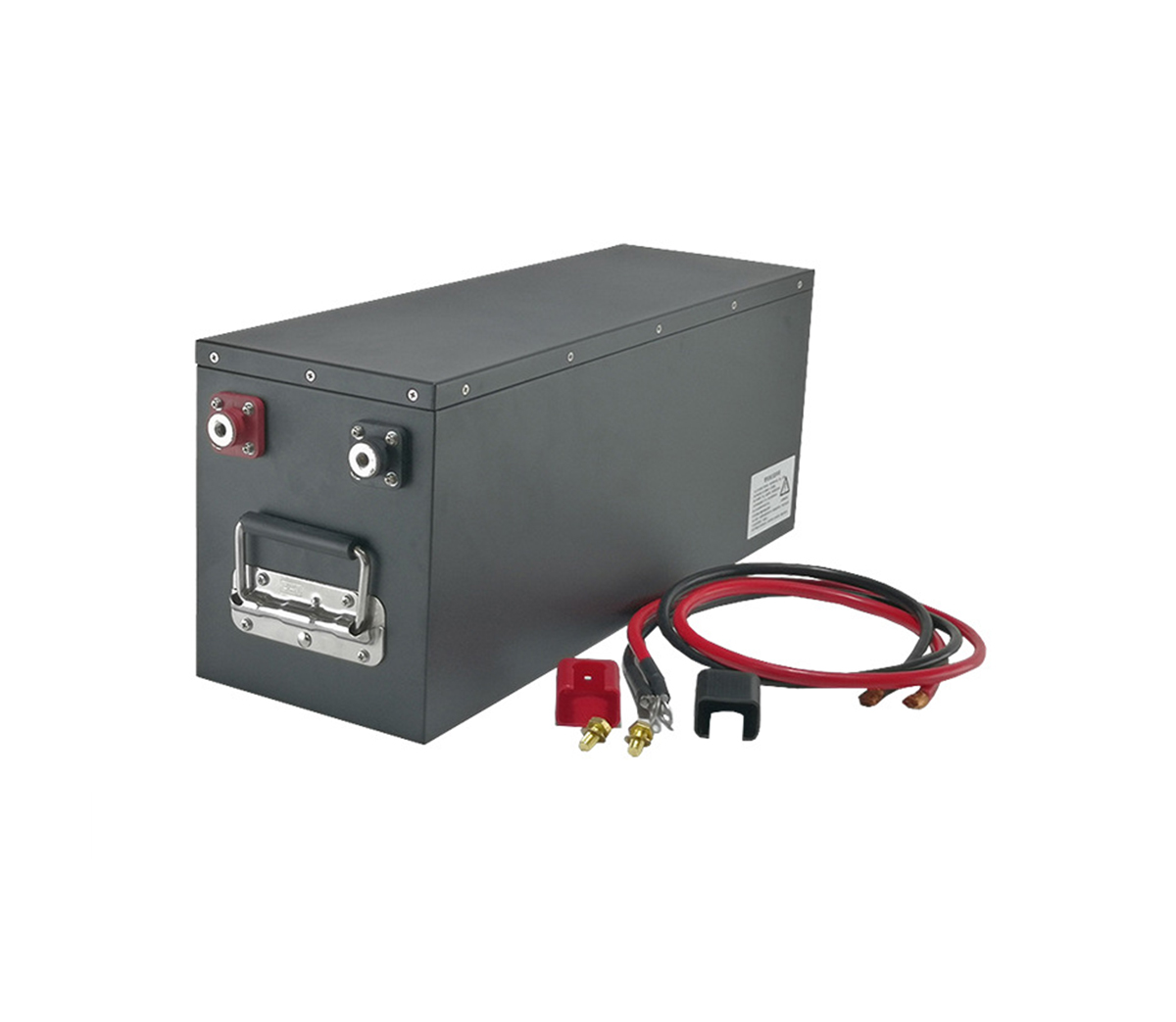
As we all know, all lithium battery materials face the same problem as
lithium iron phosphate batteries in terms of electrode capacity, that is, how to
deal with the hostile relationship between function and cost. In the face of
such hostility, experts have accumulated research methods and relevant
experience of nanomaterials, so that we have the advantages and characteristics
of nanomaterials. We can simply extend the past programming concepts and
nanomaterial preparation technology to discuss and develop nanomaterials and
simplify the synthesis process. We should develop a material with low cost and
stable product quality.
In fact, there have been many successful changes in recent years. Professor
Cui, a professor at Stanford University who is at the forefront of nanomaterials
and nanotechnology, has already learned about nanoscale electrode materials used
in lithium batteries and published research results in world-leading journals,
such as the successful creation of silicon carbon anode sintering String. The
volume of this new type of battery is 10 times that of the existing lithium
battery. In China, the research of nanomaterials has a good research
direction.
In the combination of nano and lithium, we are always full of confidence
and enthusiasm. Initially, the experts in the laboratory chose lithium iron
phosphate and graphene, two new materials in the physical world, as their
research guide. After two years of continuous efforts, from a small test in a
non-metal sintering furnace to a 100 kg dynamic powder heating furnace in a
small-scale laboratory test, the current lithium iron phosphate material is
transformed into a real nano material. The particle size is controlled at 100
nautical miles, but it does not increase. Cost of production. In terms of
graphene materials, we have developed a new method to end the large-scale
manufacturing of highly conductive graphene. Through our method, the production
cost of expanded graphene material can be reduced to 790 yuan/kg (initial budget
value), and large-scale application of graphene can be realized. At present, the
scientific research of lithium iron phosphate and graphene is in the ascendant,
and it is not easy to occupy a place. A vice president of BYD (BYD) explained
their philosophy of success: We are never afraid of core skills. BYD has written
the myth of Chinese start-ups. When others have it, I dare to do it; without
others, I dare to think. BYD has problems at every stage, and we will say that
you can’t solve it, not because of your lack of talent, but because of your lack
of courage.
Official announcement! The latest development of new energy
In fact, the most important research and development policies for power
lithium batteries are high energy density, high power characteristics, high
safety, and low cost (or long life). Therefore, it is meaningless to study
lithium batteries, because lithium batteries cannot generate data on very
practical nano-scale electrodes. Although lithium iron phosphate nanomaterials
dominate the test line after the sintering machine rotary kiln, the price of
lithium iron phosphate nanomaterials once exceeded 300,000 yuan/ton due to the
high production cost, which restricted its large-scale application.
Although most manufacturers claim to have proprietary intellectual property
rights, almost all products are not real nanometers, and important particles are
usually 200-300 nanometers. Therefore, the electrochemical performance data of
lithium iron phosphate in China is relatively poor, and the amount of
electricity generated is far from meeting the requirements of electric vehicles.
The production cost of the quasi-nano lithium iron phosphate is naturally low
(generally 70-80,000 yuan/ton), and the price is generally 120,000-150,000
yuan/ton to ensure profit. In fact, even the price of 10 yuan/ton is
unacceptable for automobile power lithium batteries.
Many experts and companies believe that when the price of lithium iron
phosphate materials drops to 70-80,000 yuan/ton or lower, lithium iron phosphate
power lithium batteries can be widely used. Therefore, there is still
considerable competition between the utility and price of lithium iron
phosphate. In addition, the intermittent common performance of lithium iron
phosphate has always been a difficult problem to solve, which brings great
difficulties to battery design and affects battery equipment and
applications.



































